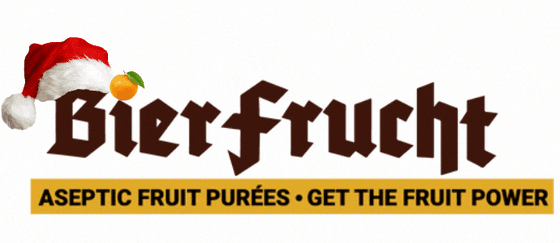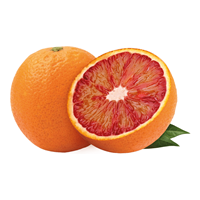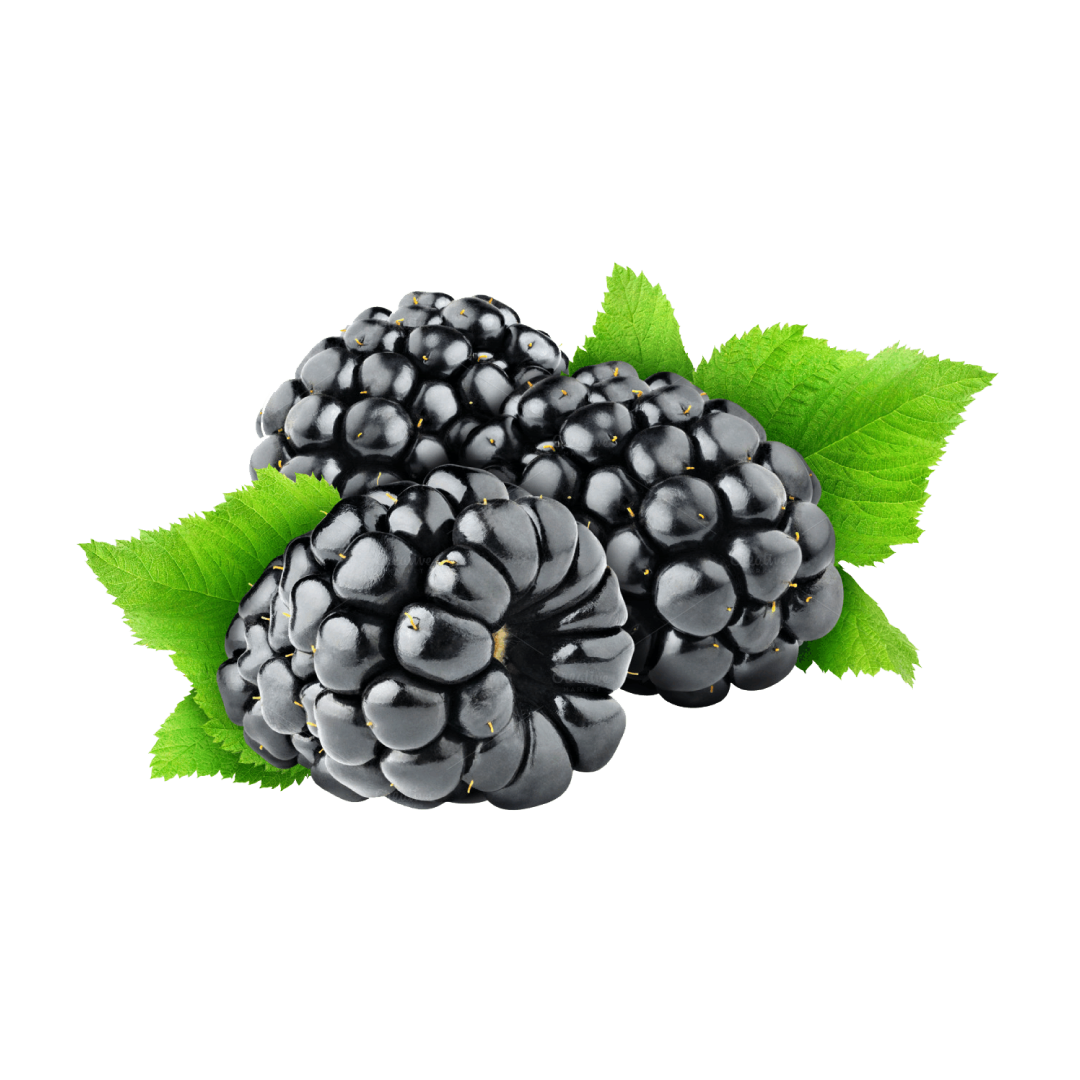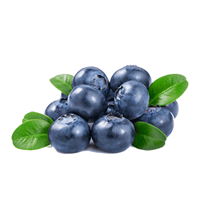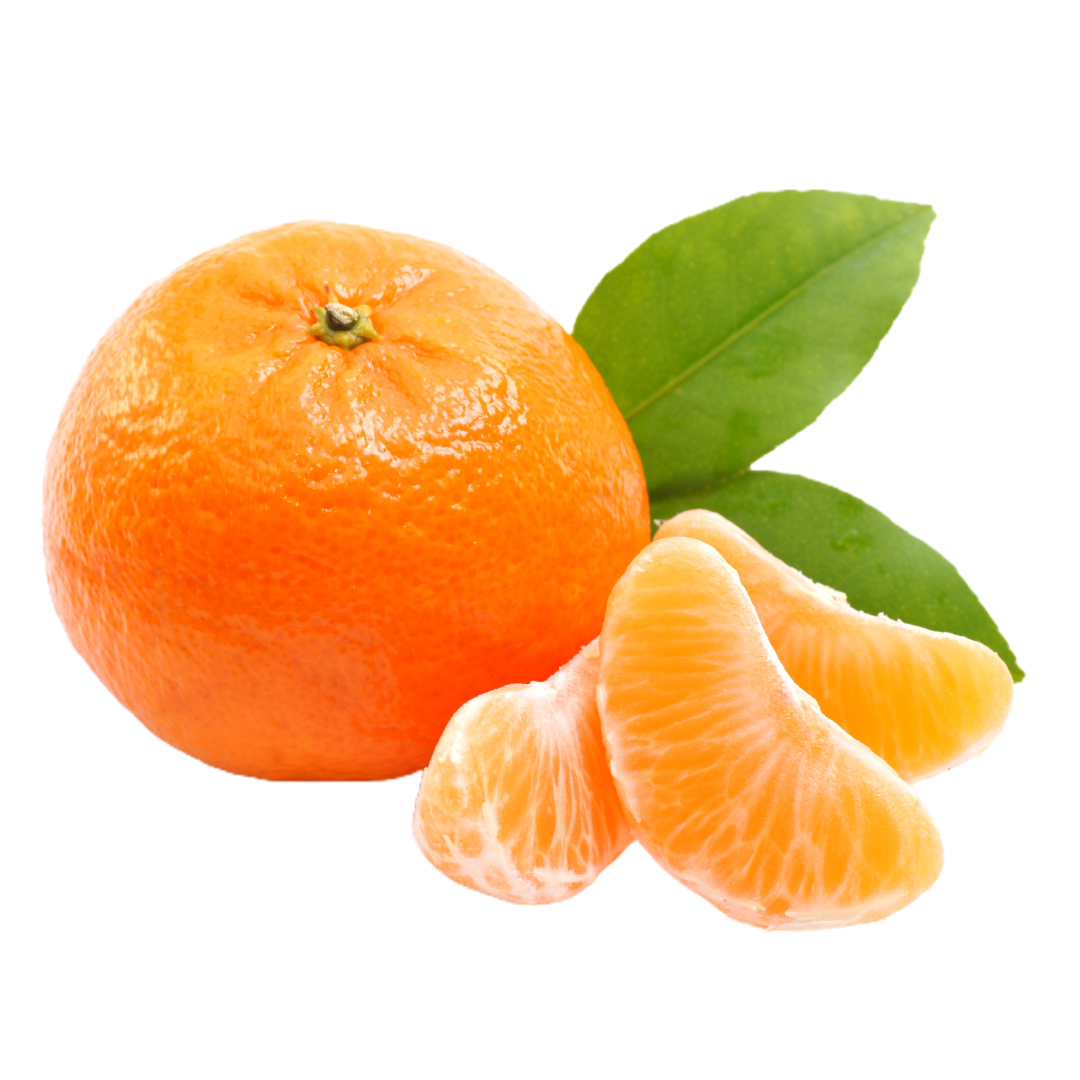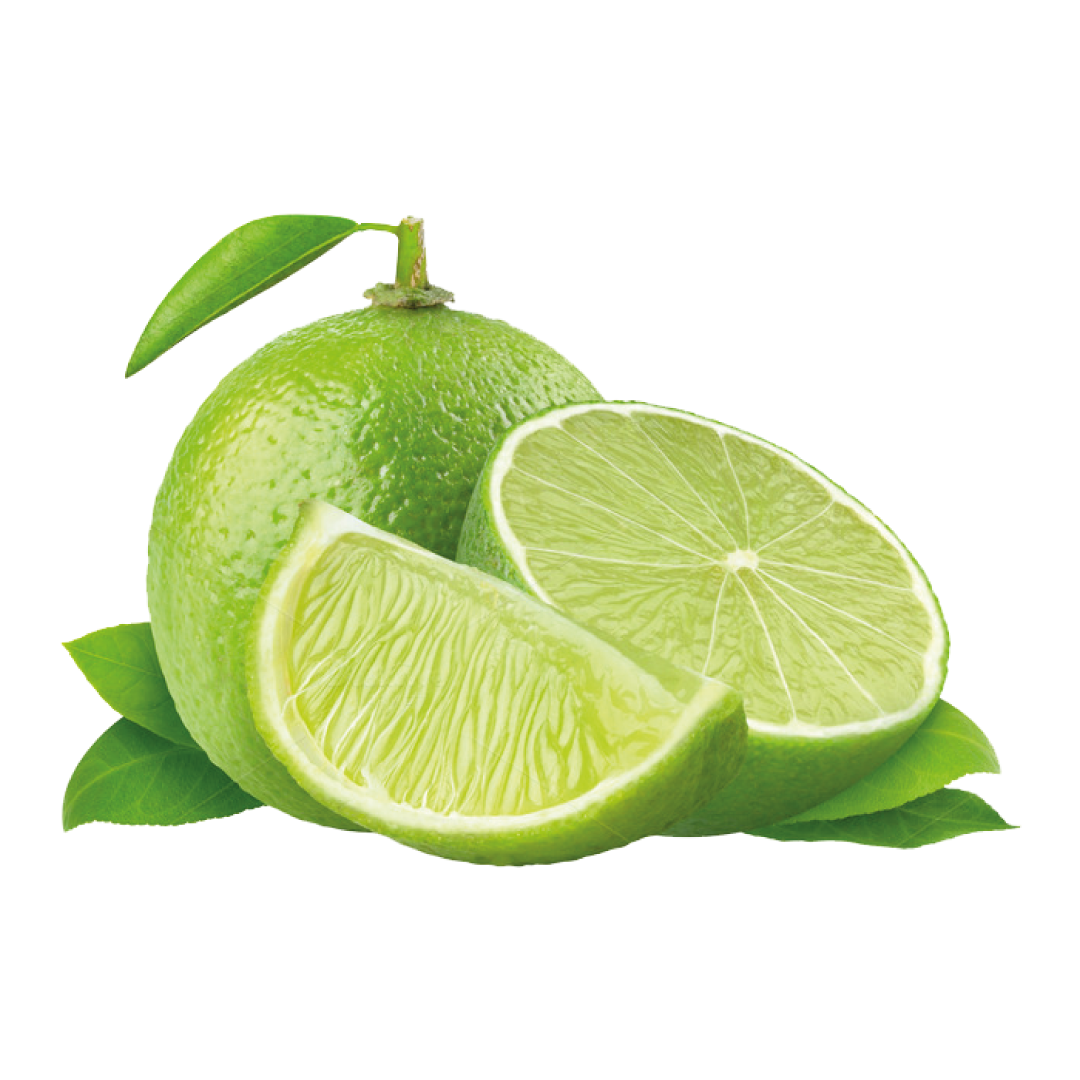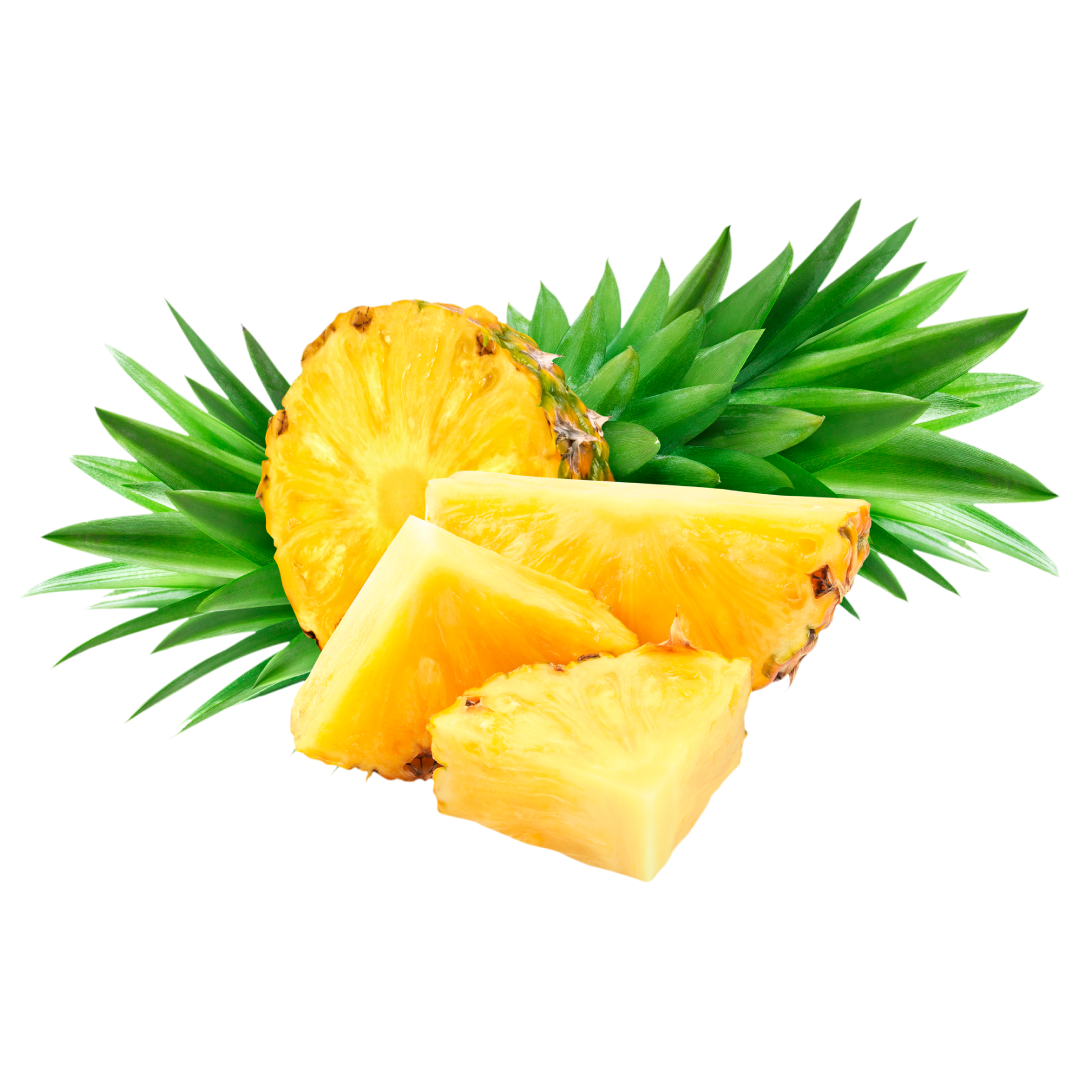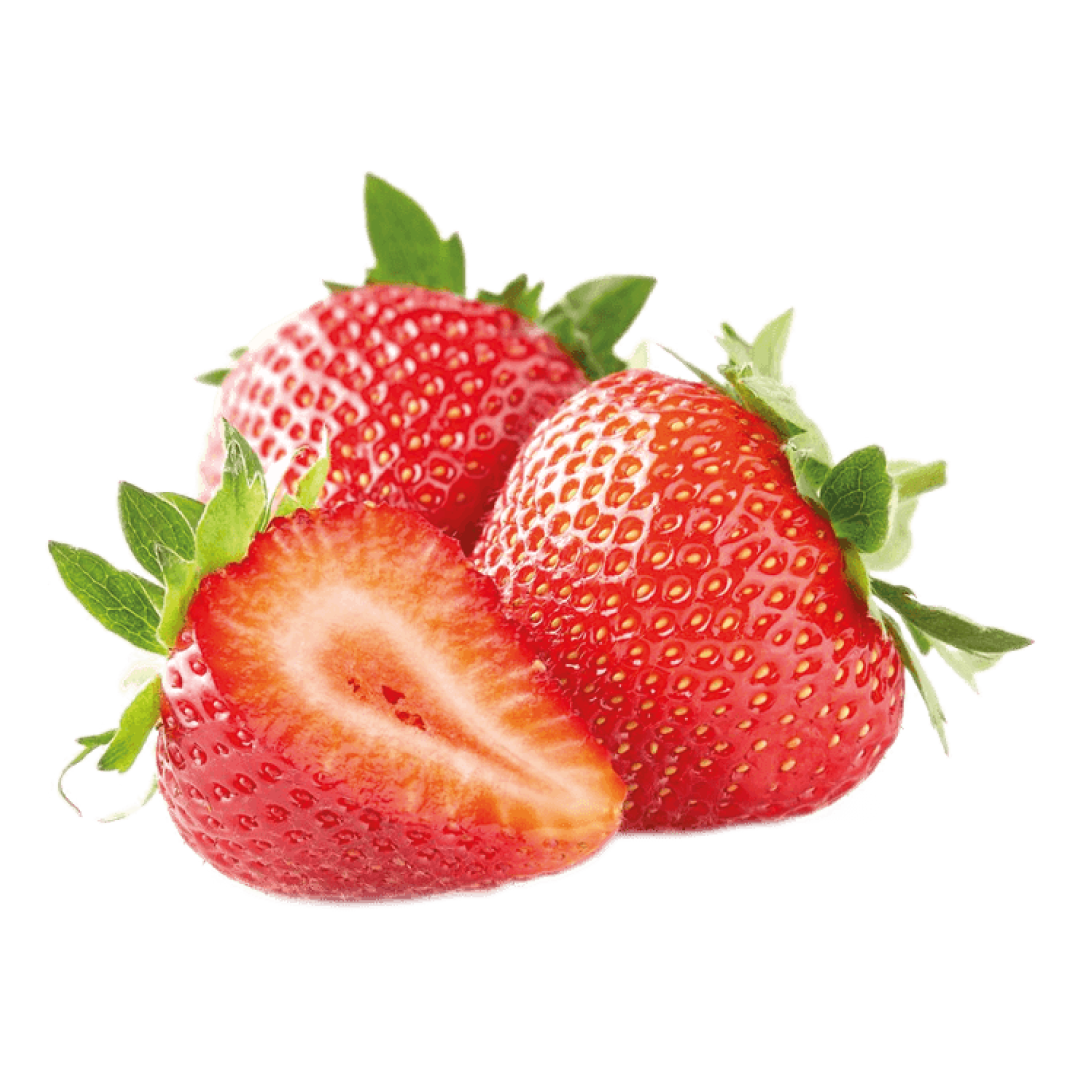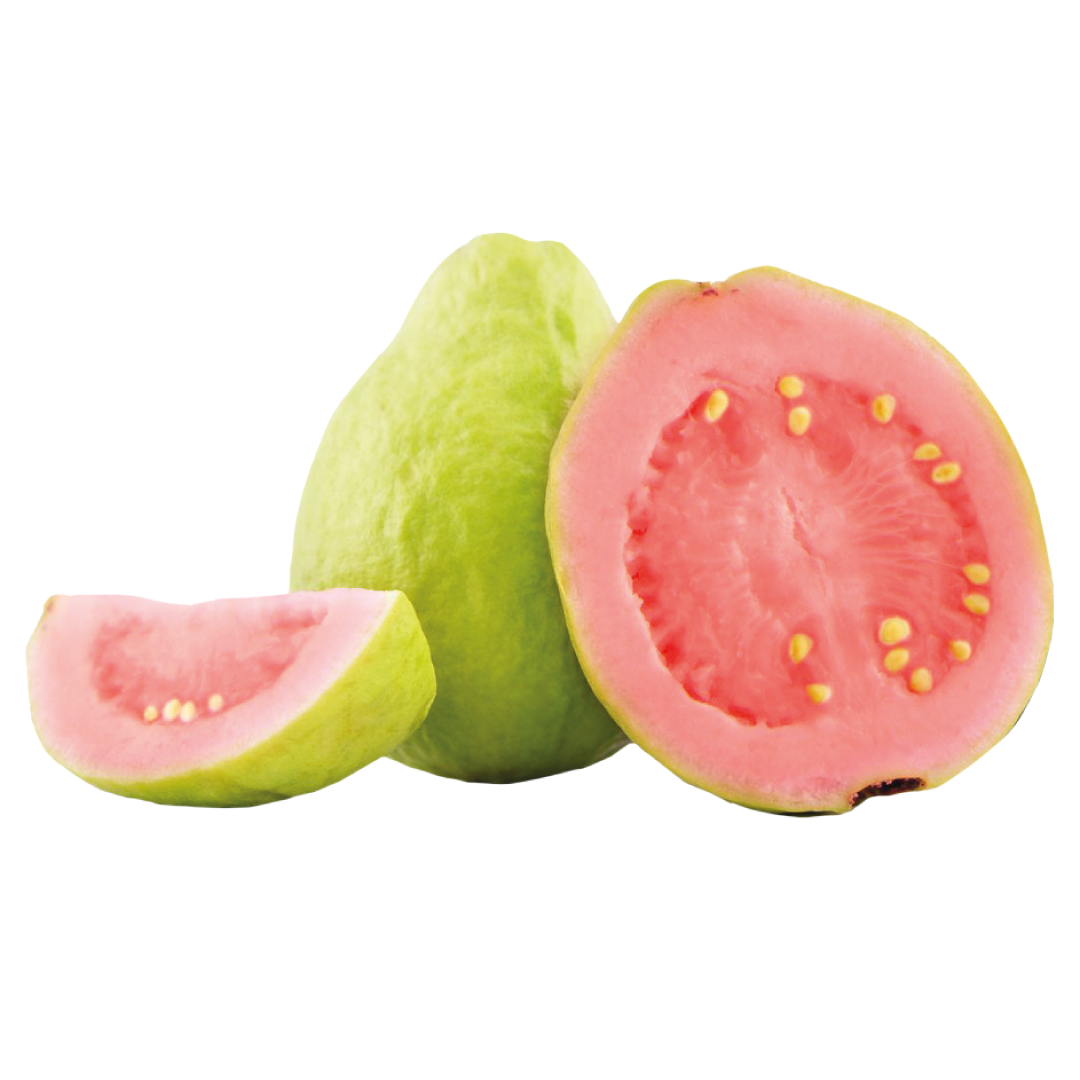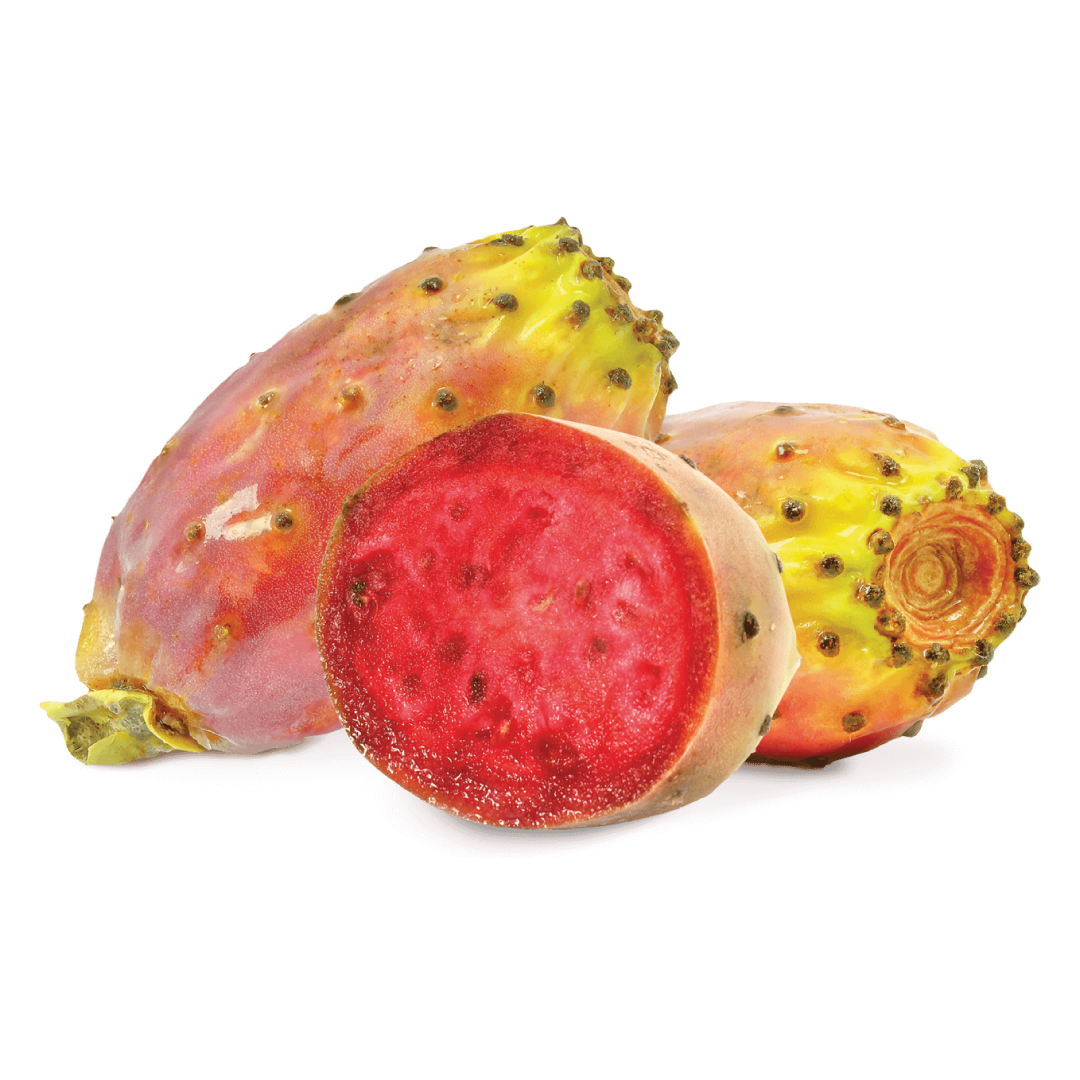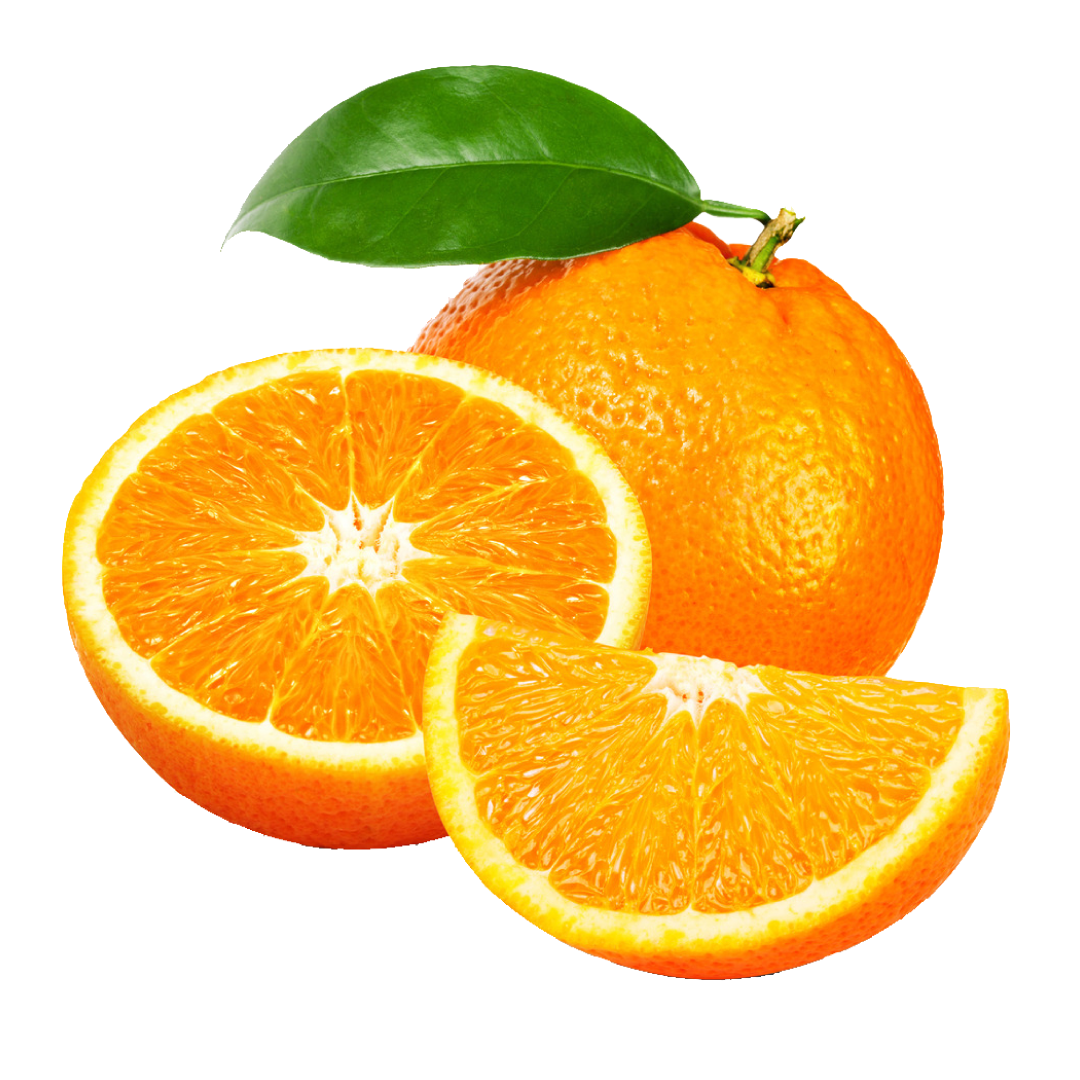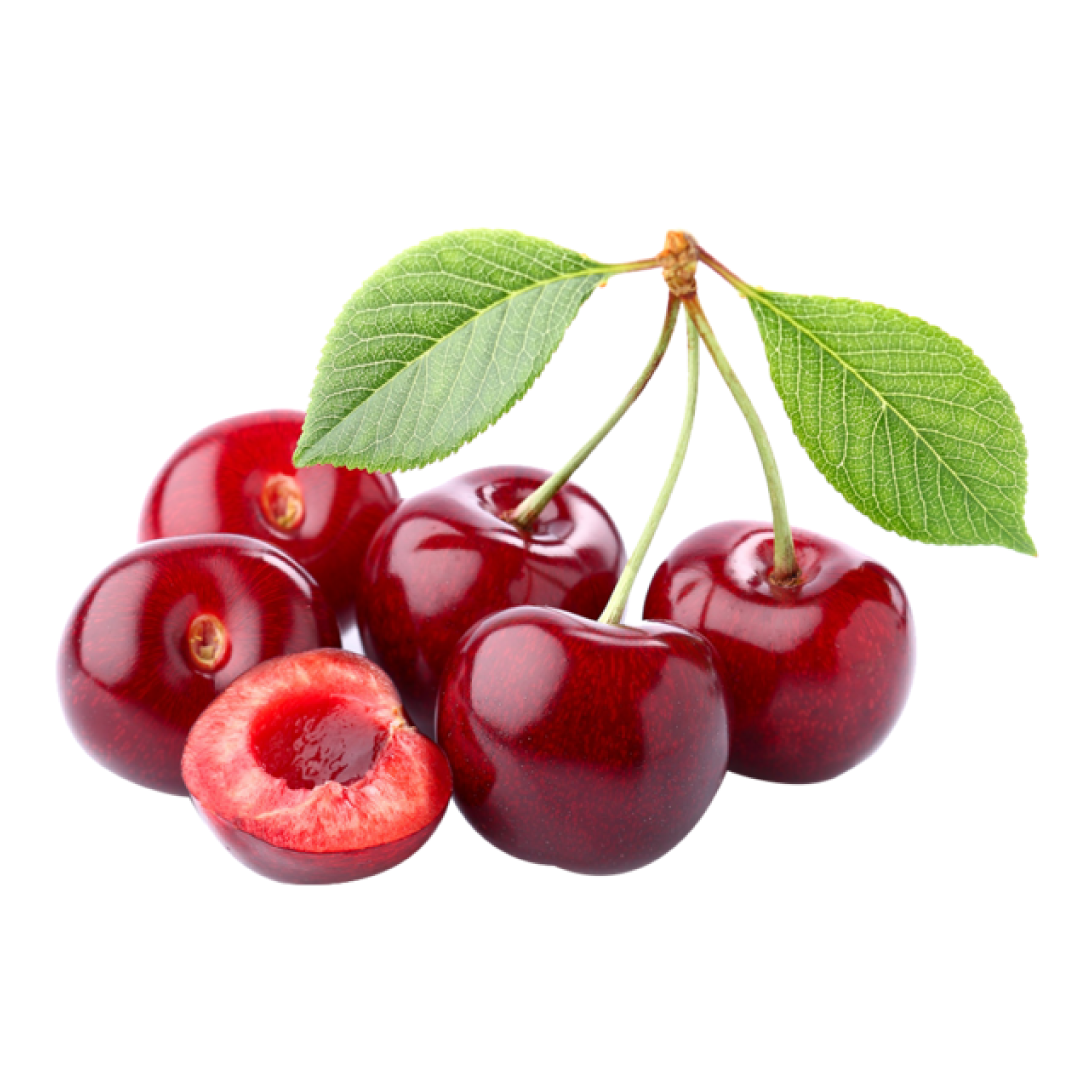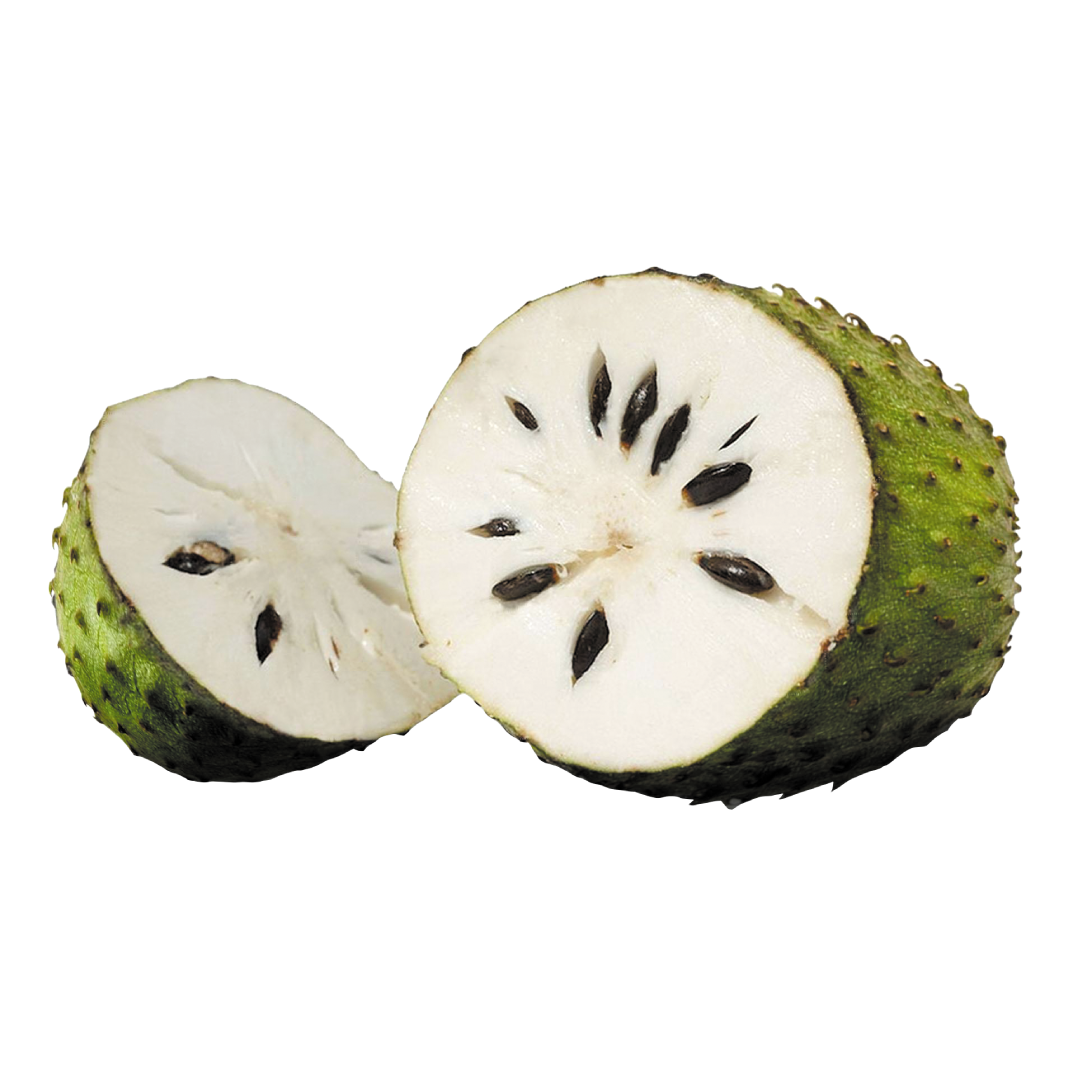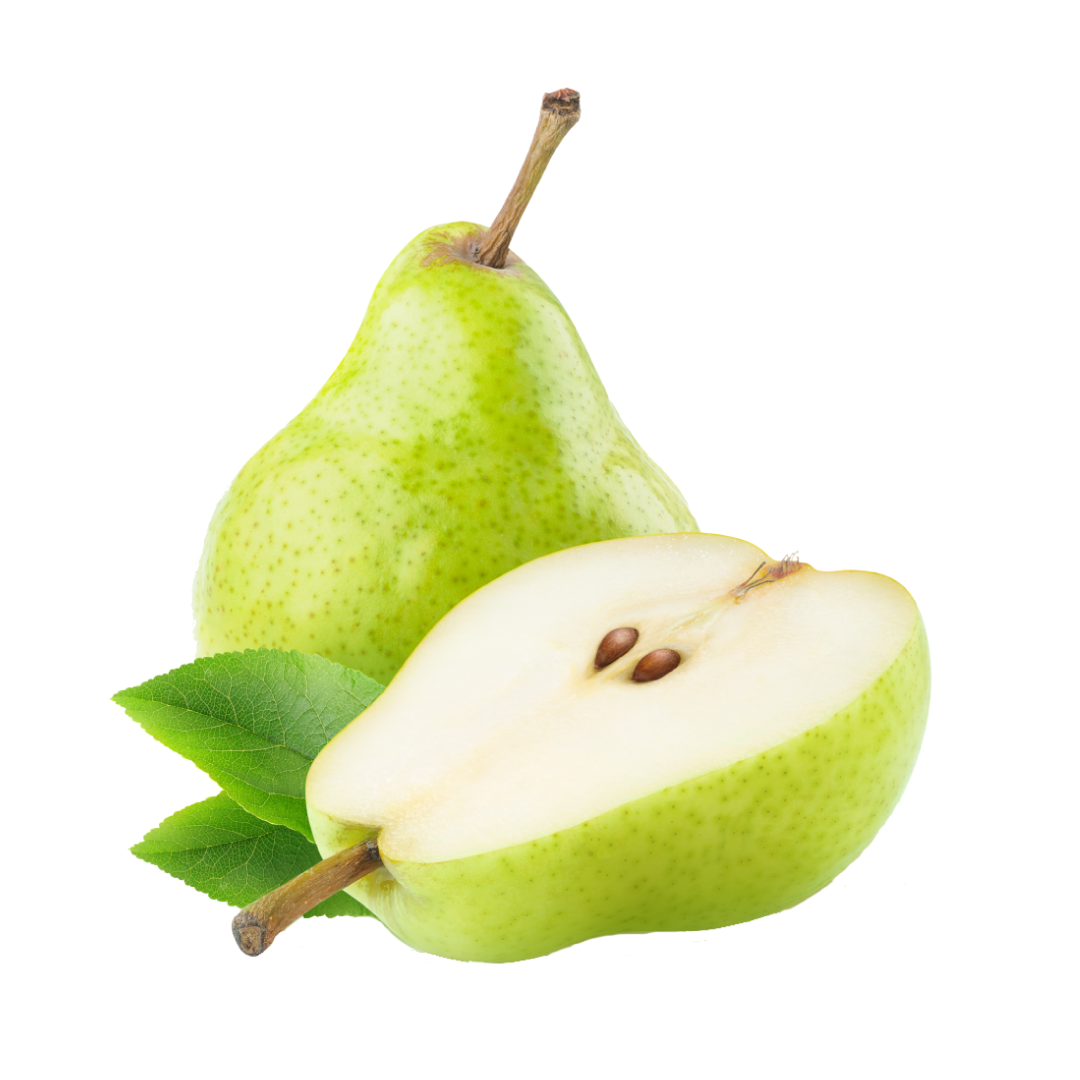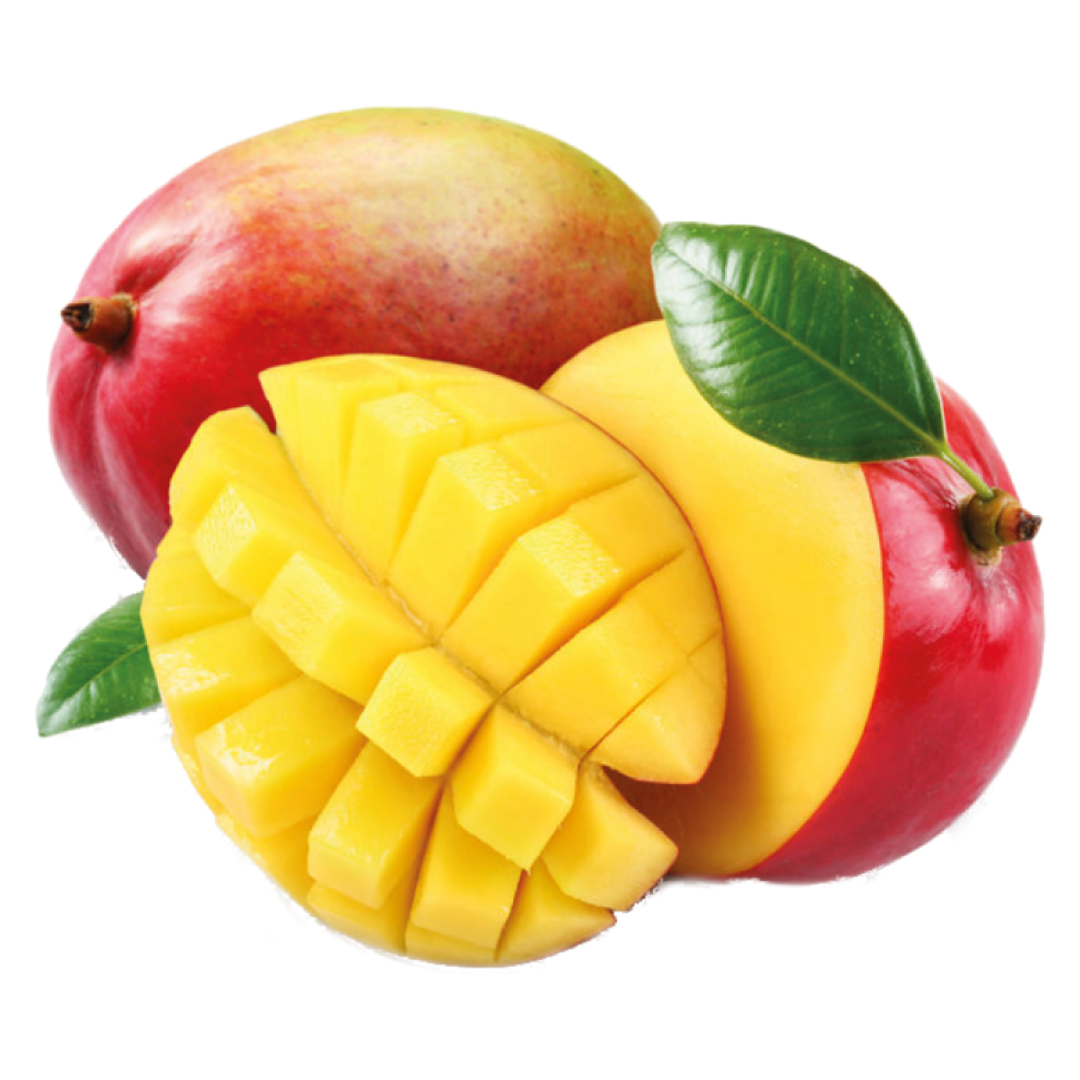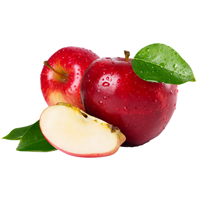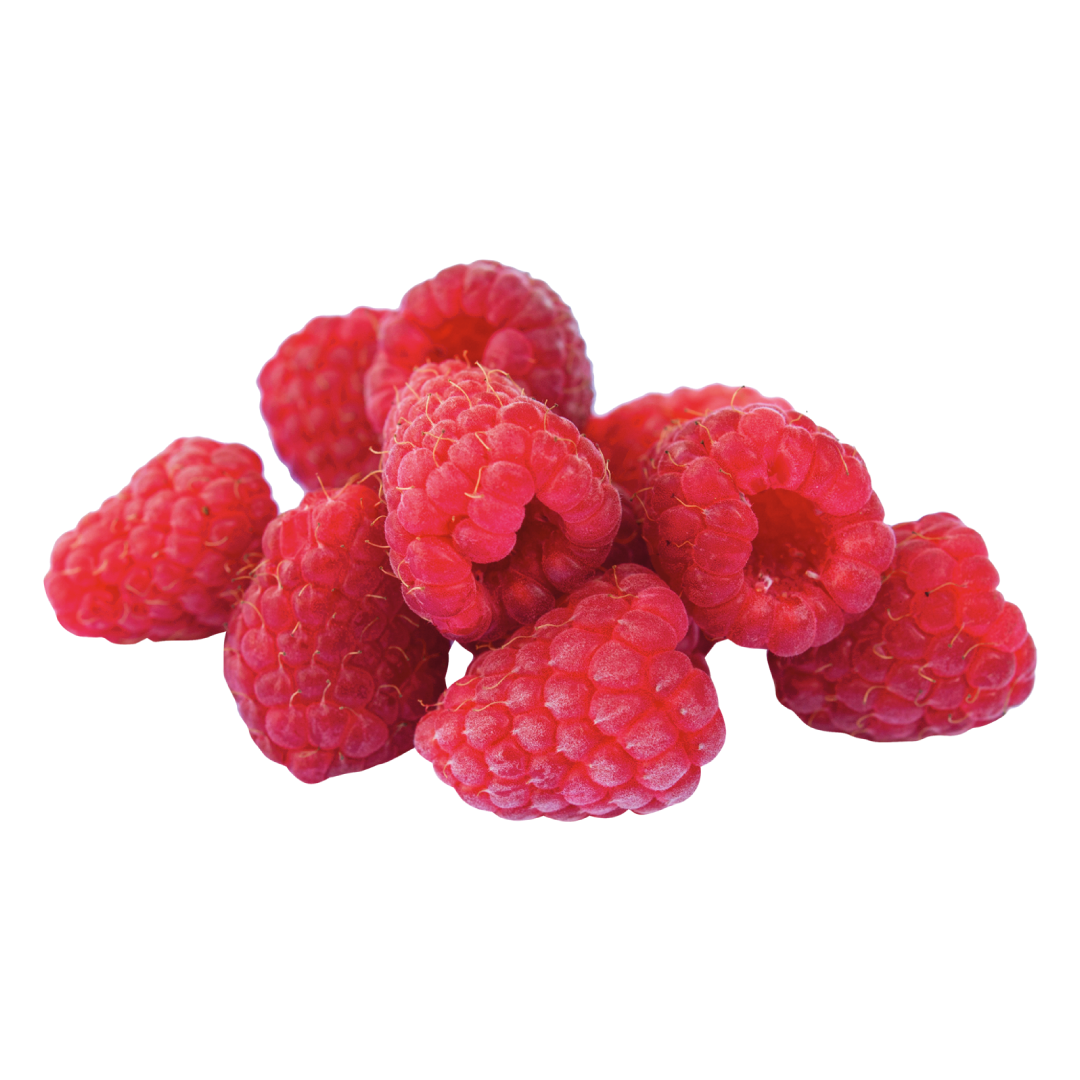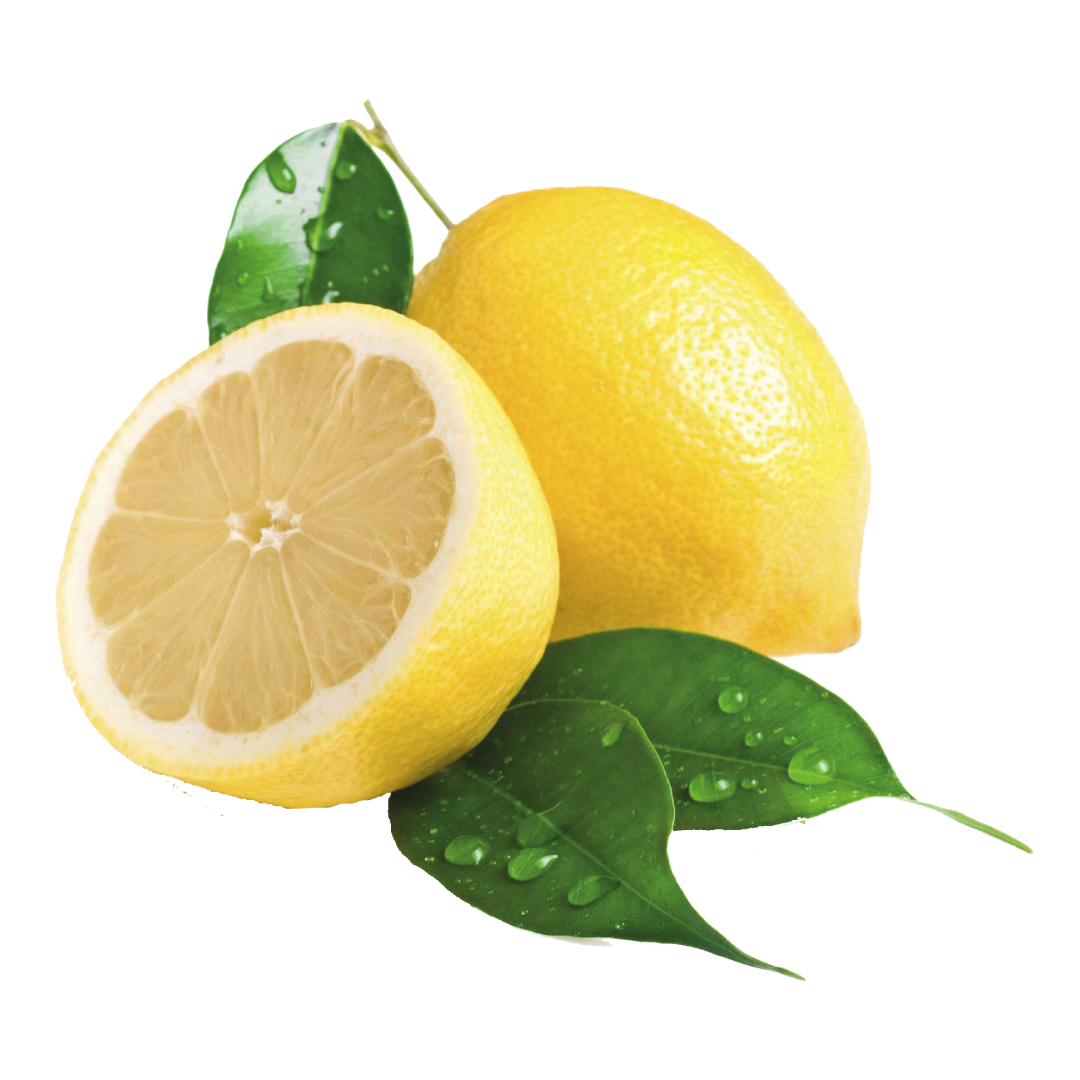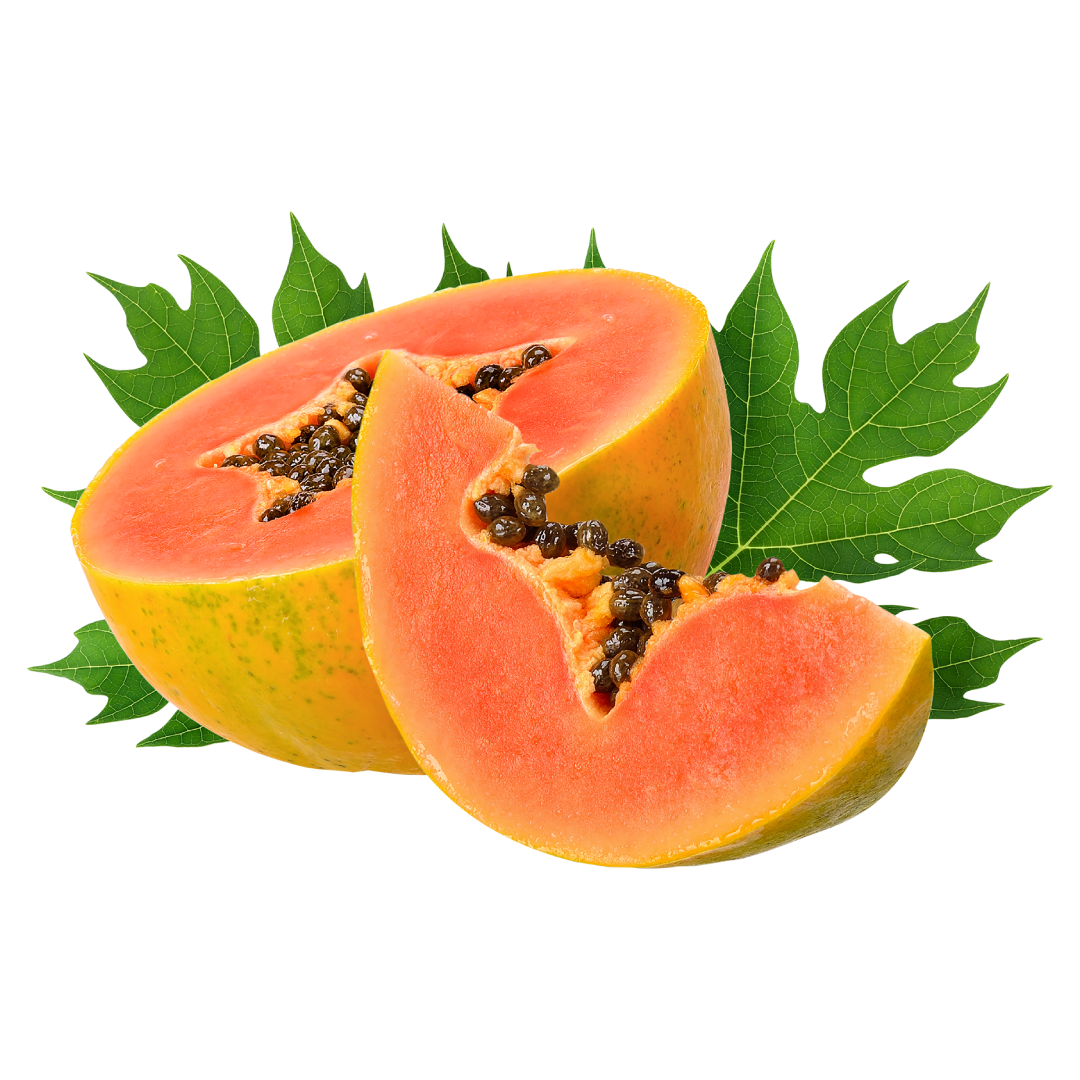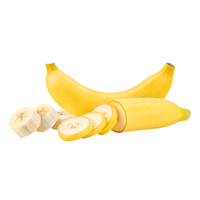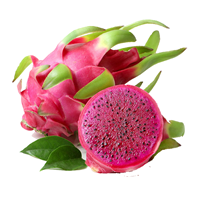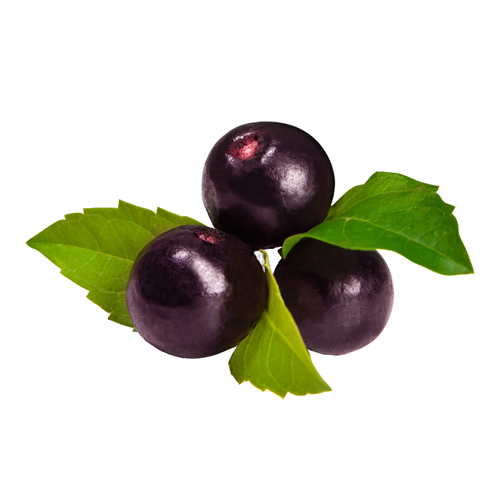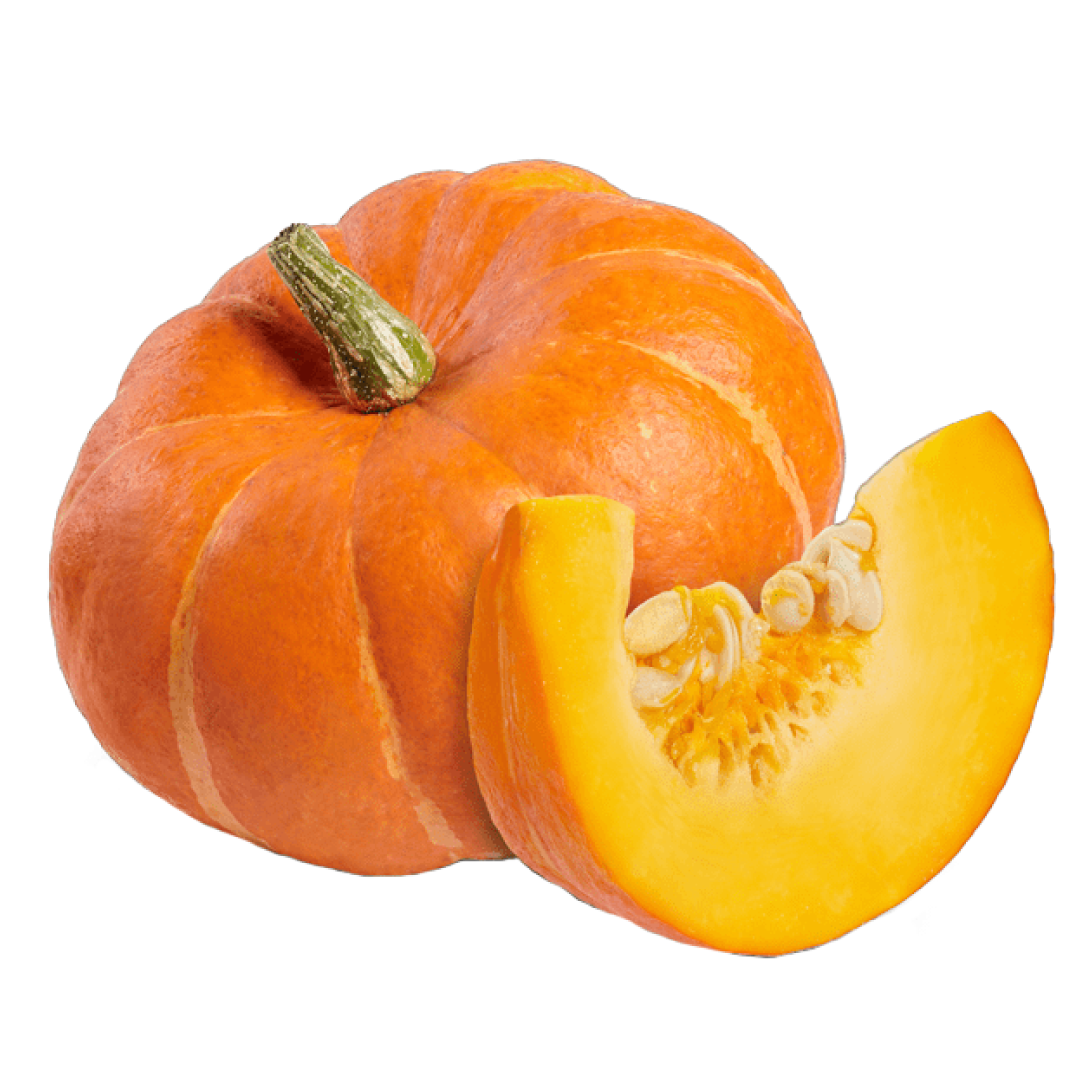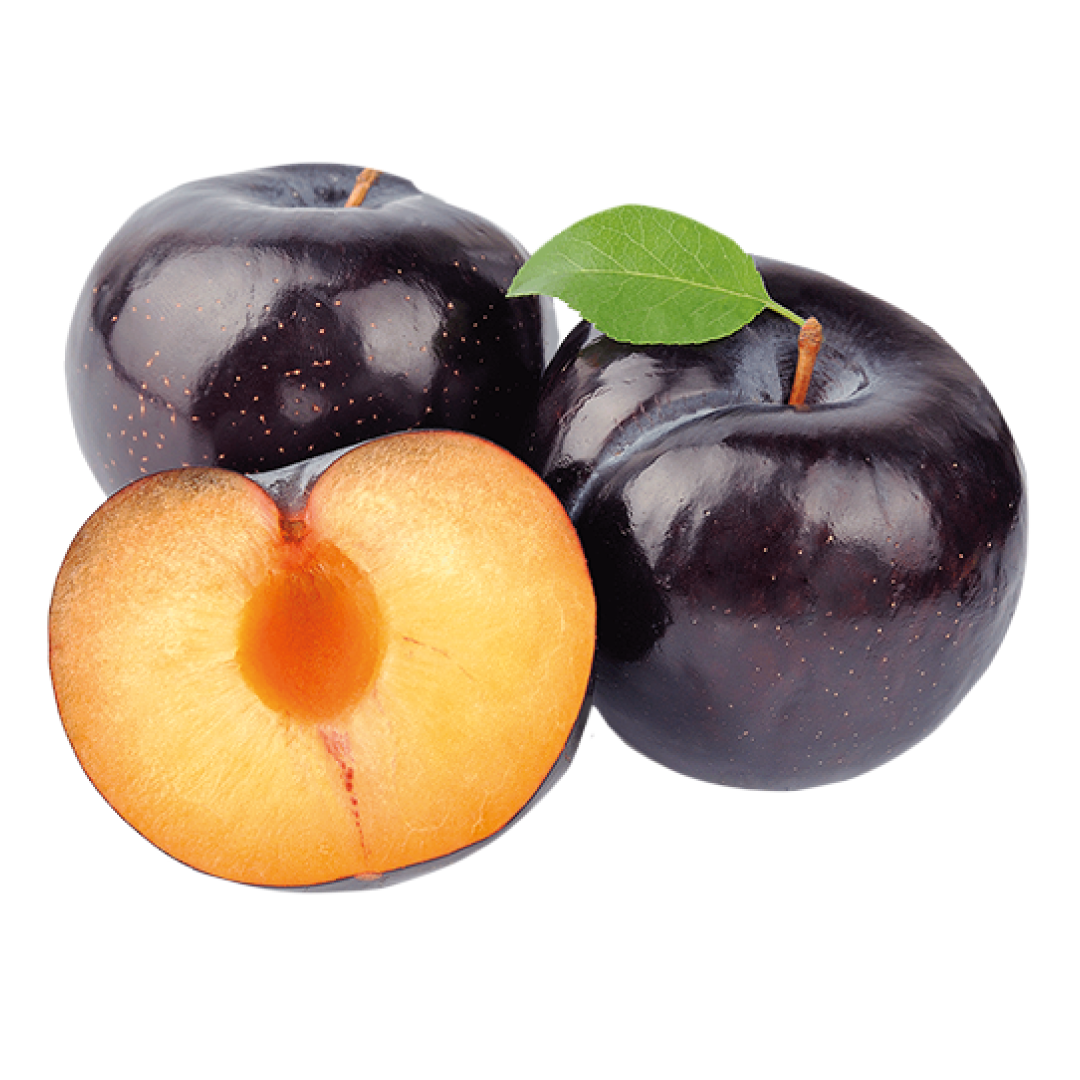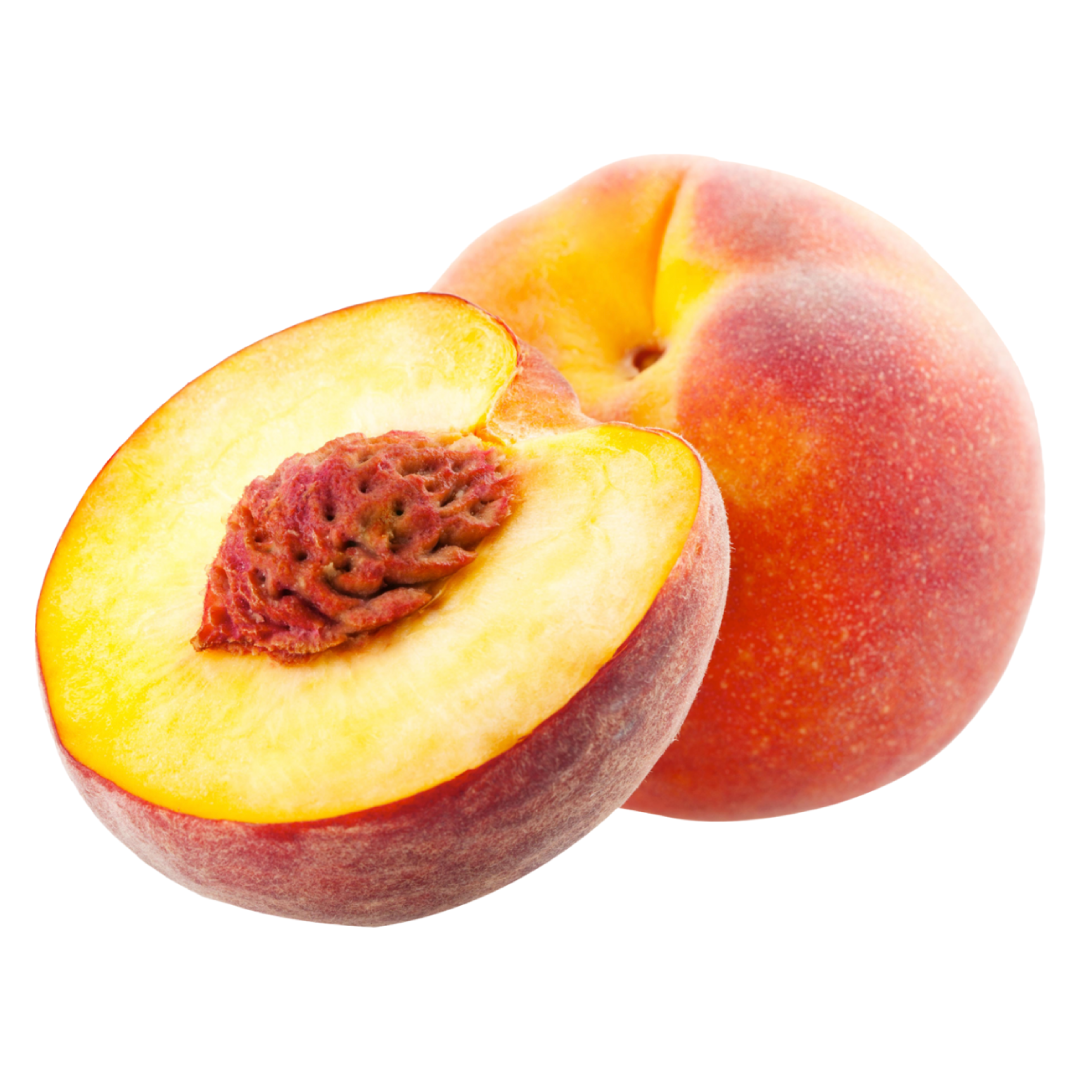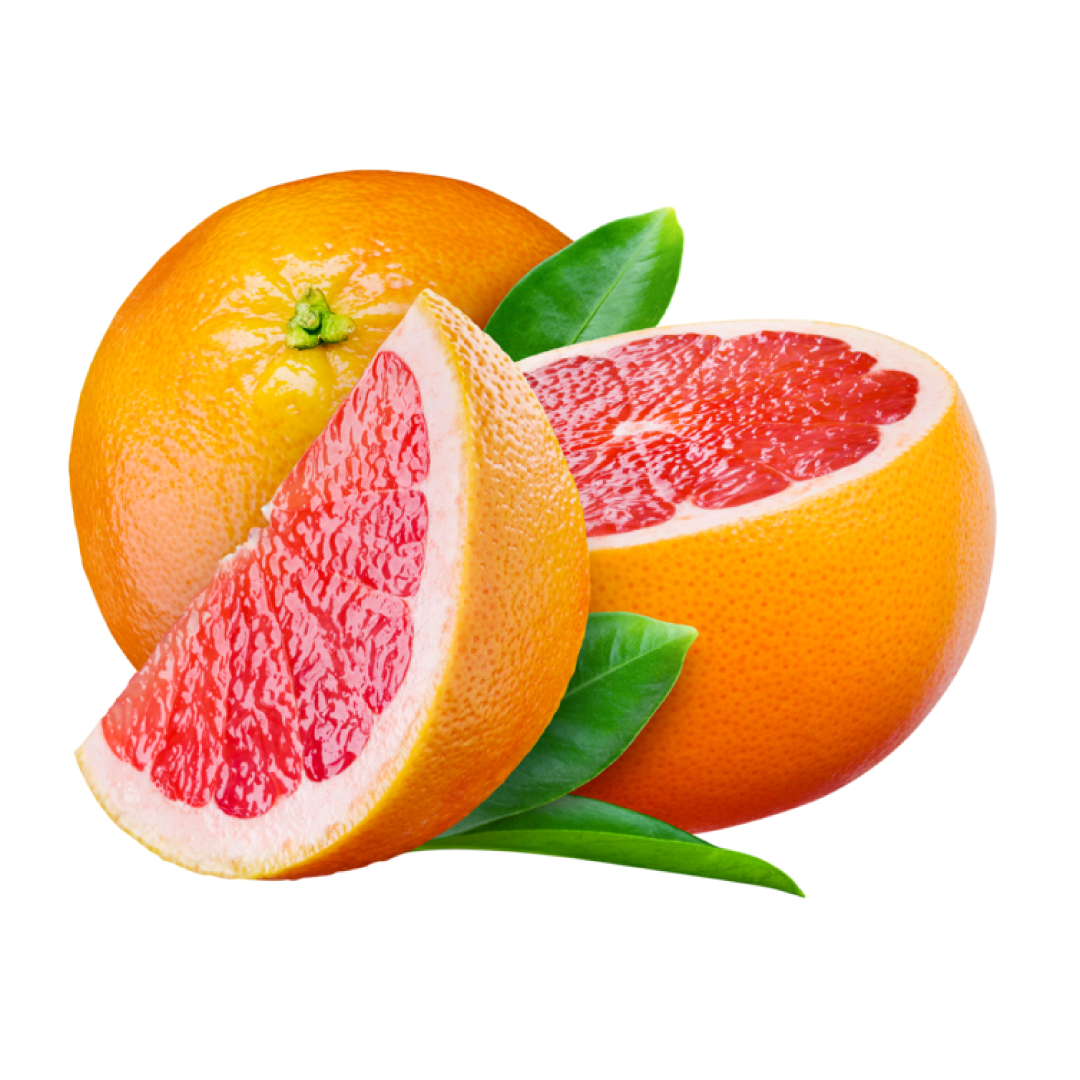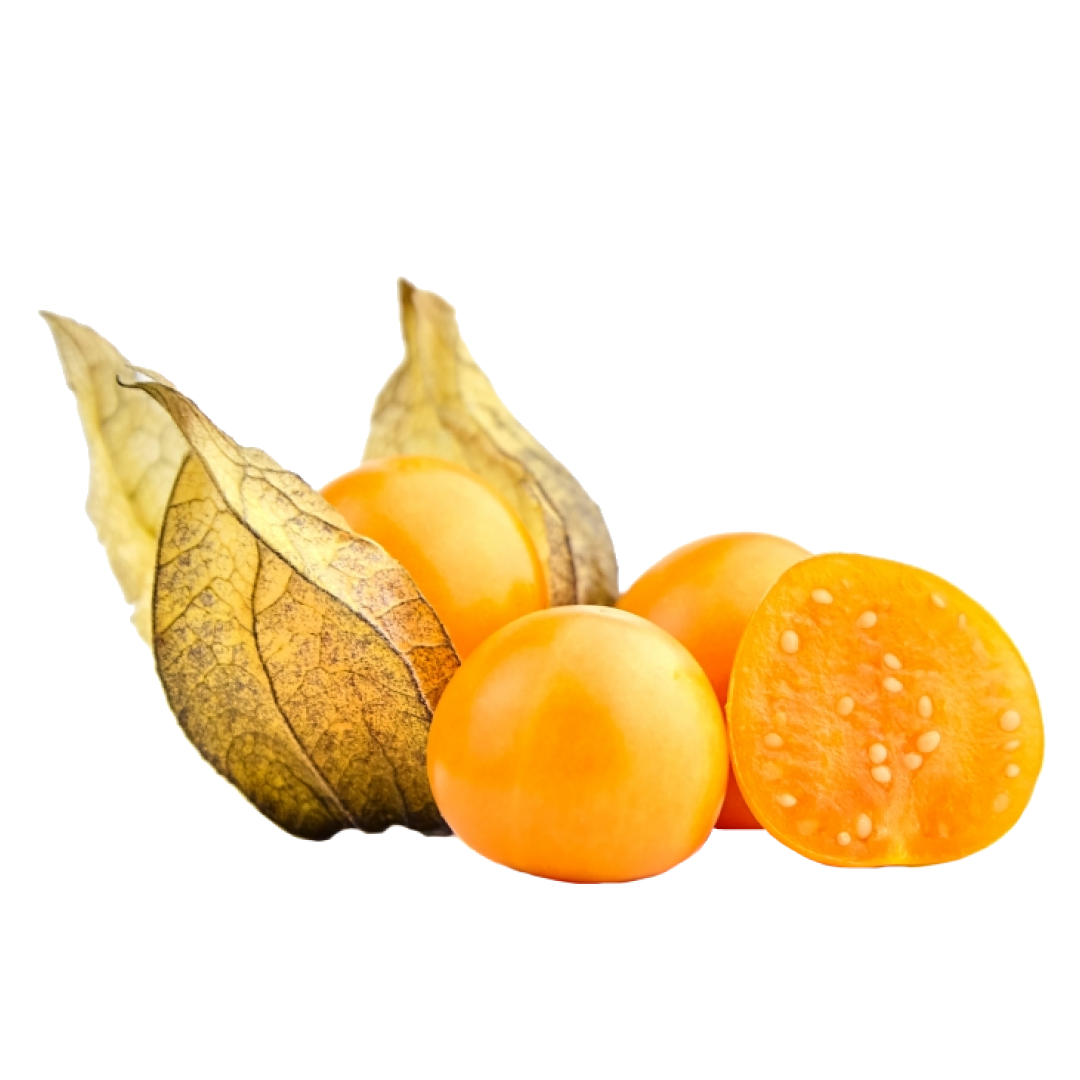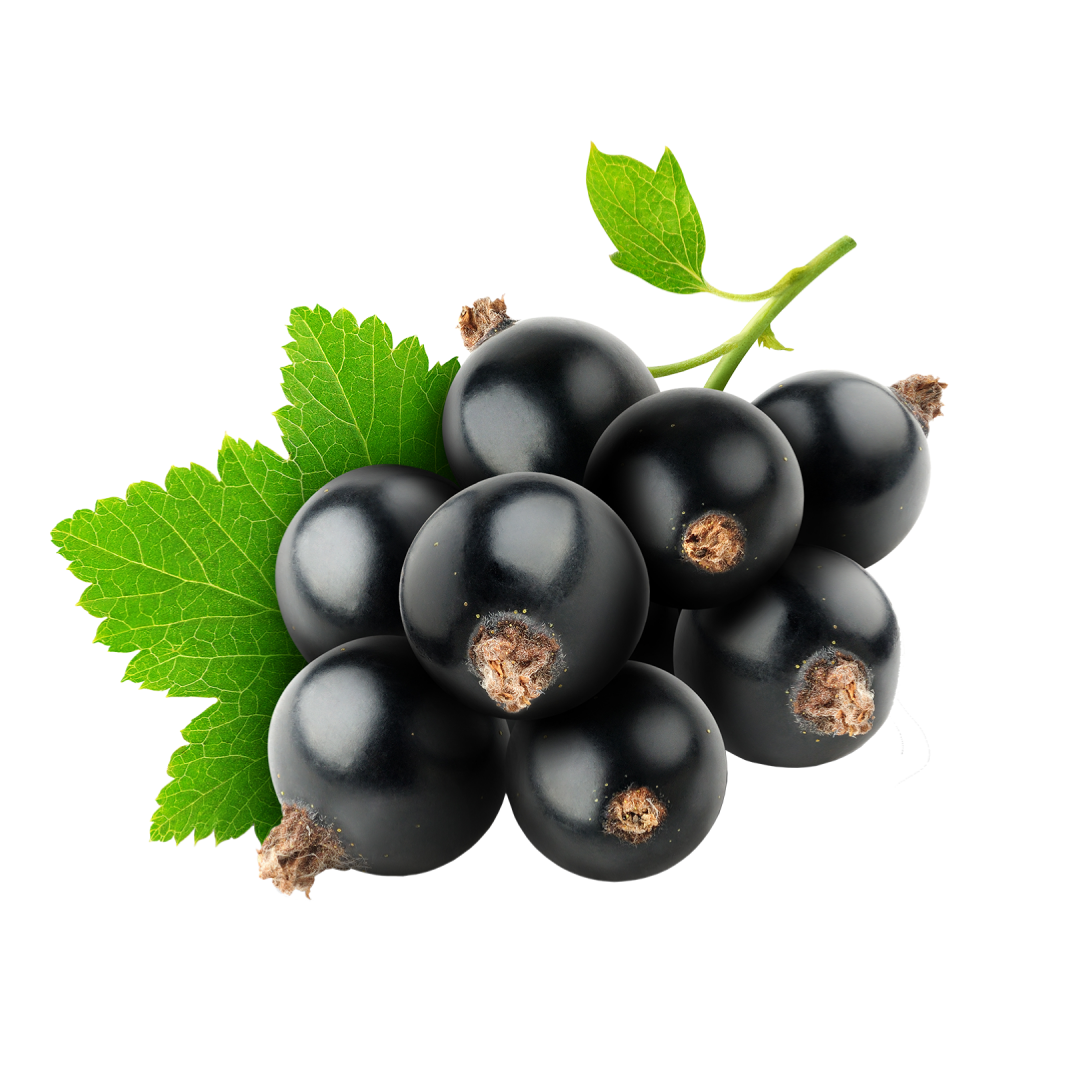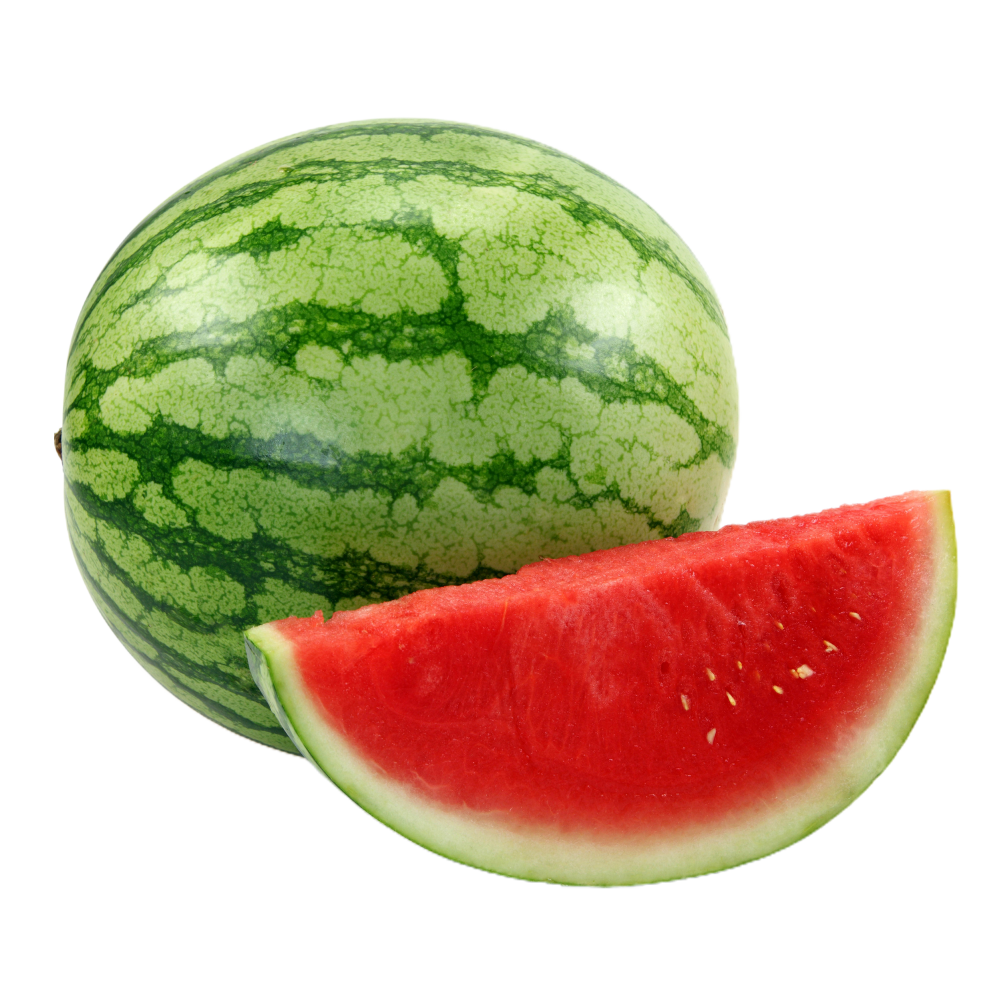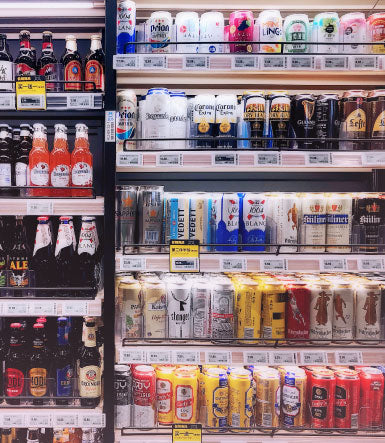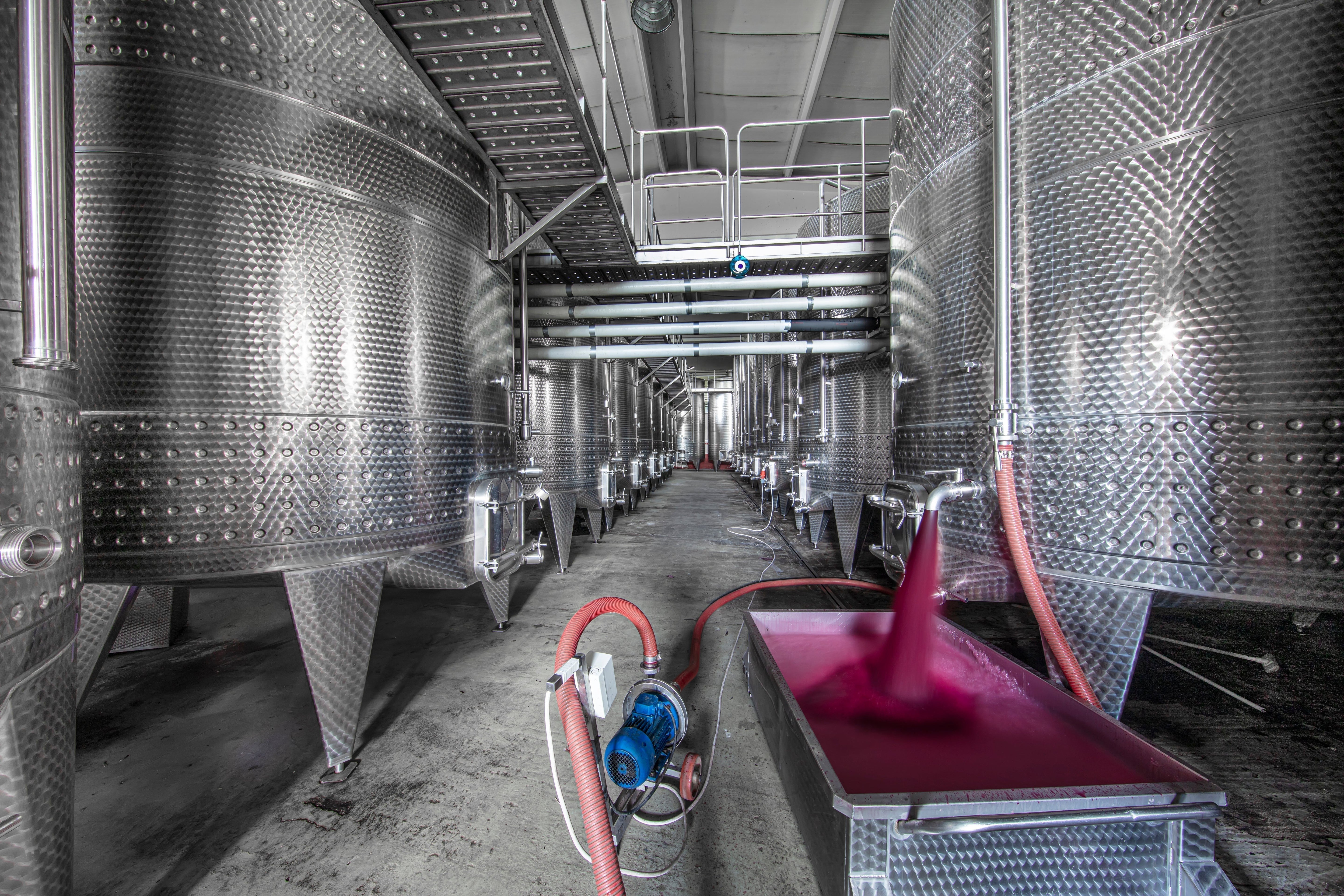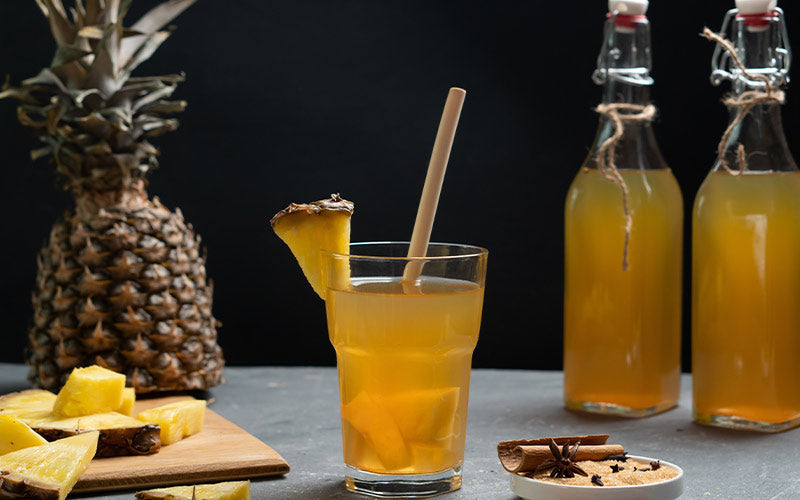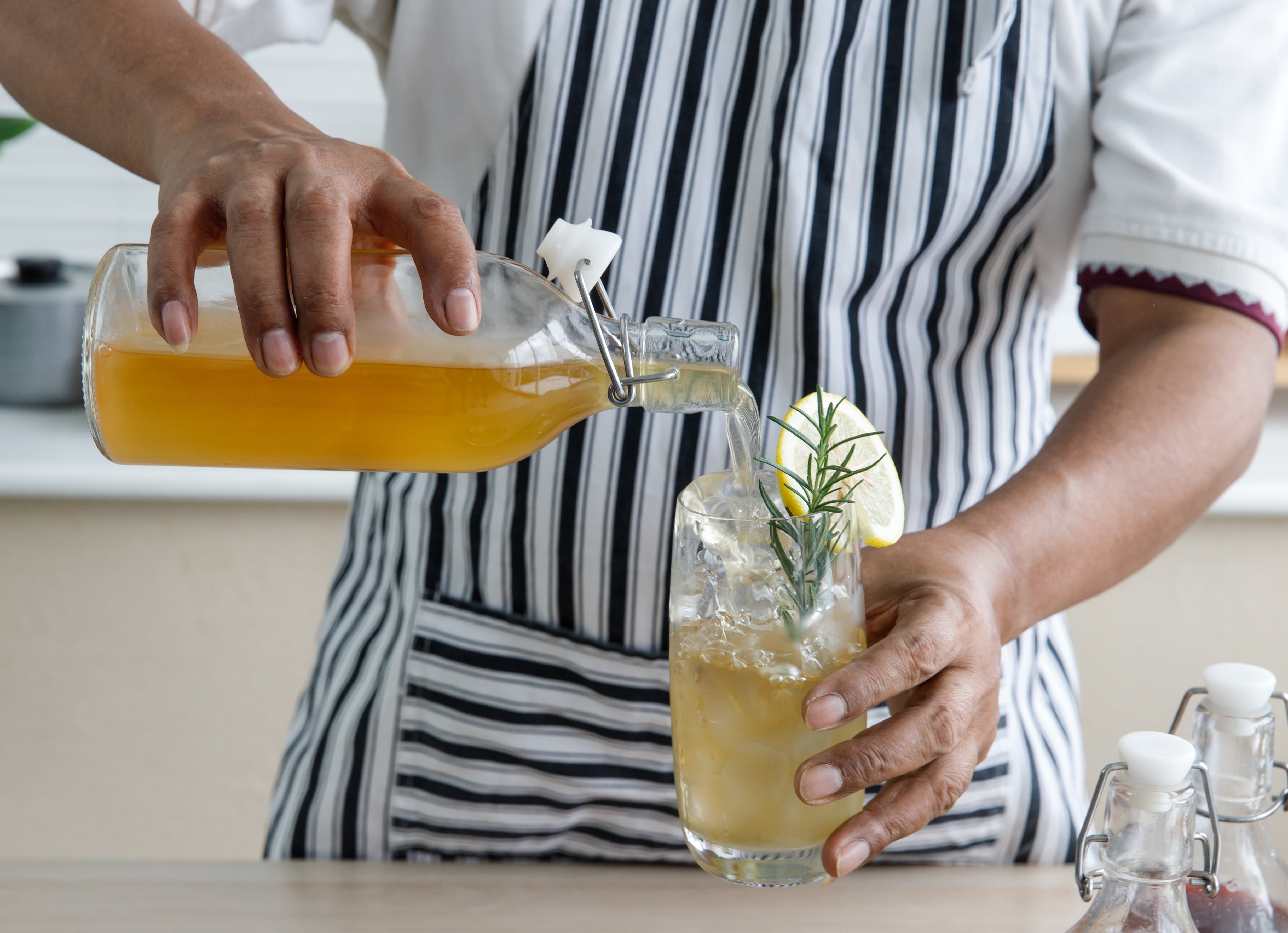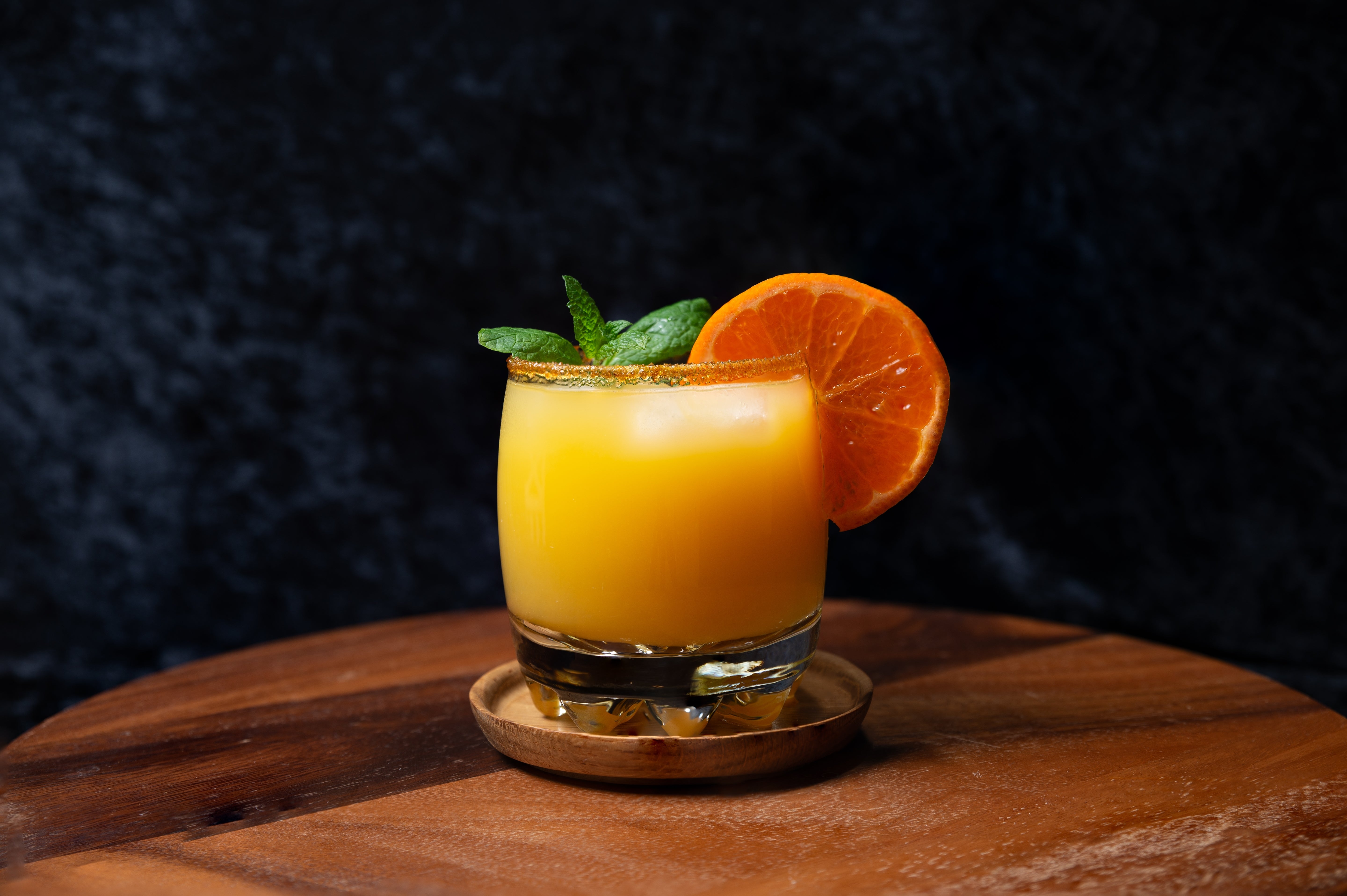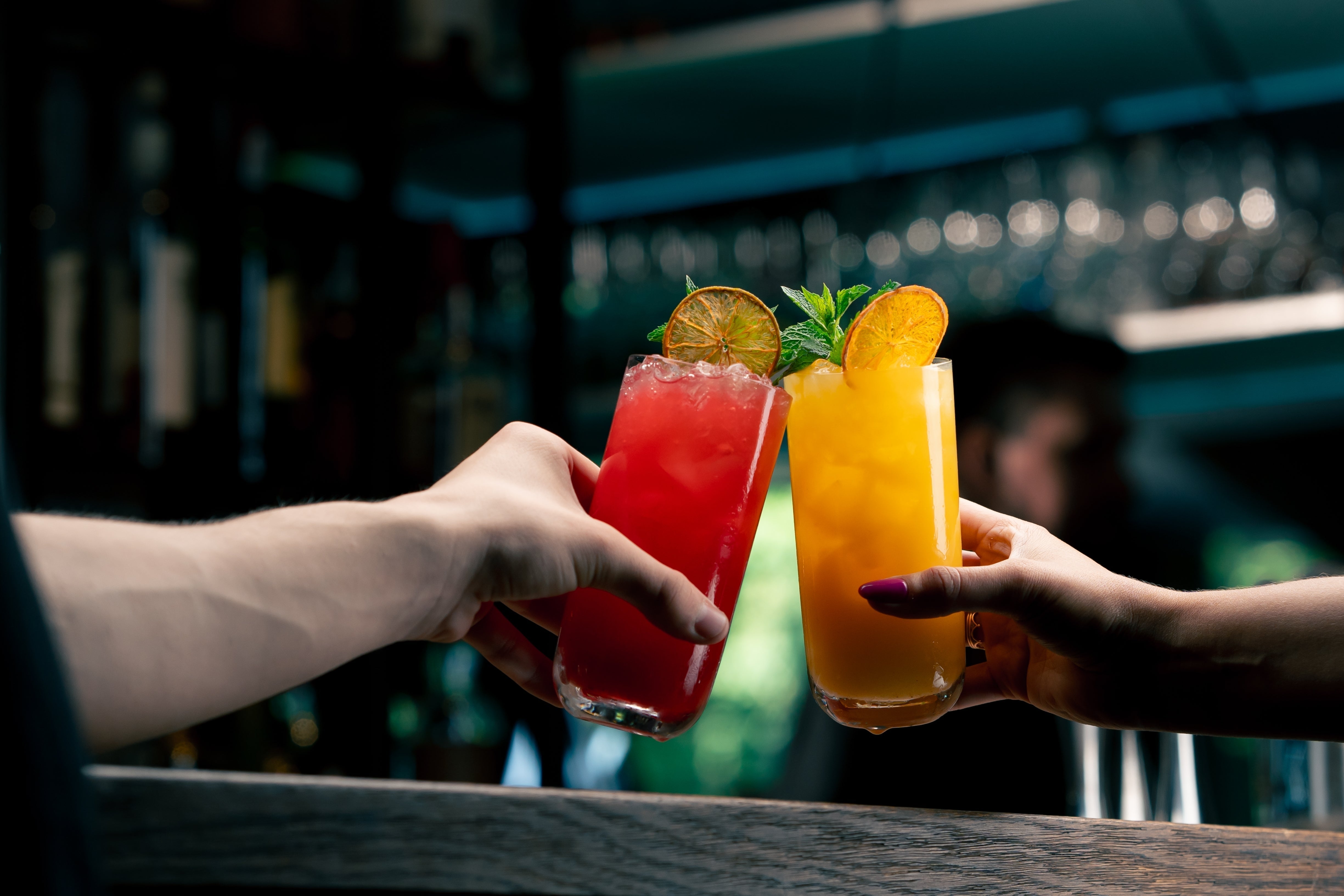The “ready to drink” or RTD market is a force to be reckoned with. They are coming in hot! These simple yet genius concoctions are already everywhere. They are not coming; in fact, they are here. A little bit of background on these beverages trace back to the 90’s. If you remember brands like Zima, Smirnoff Ice, Mike’s Hard Lemonade, etc. These came to be known as “alcopops” by some insinuating that they are more like a dessert drink with sweet fruity flavor. These were RTDs re-imagined, before anyone knew it. This trend is now moving to be a mainstay.
Real History of the RTD
However, even before this there have been pre-mixed cocktails dating back to the 1890’s. There is a story about a hotel opened by a German immigrant named Andrew Heubein. He had a knack for knowing what the “swells” in his hotel liked to drink. So, he made drinks like Manhattans and martinis for his guests to take with them. After this stroke of genius was realized Club Cocktails were born. This was a nod to the club cars in Pullman trains. These OG RTDs eventually shuttered after Prohibition. This was partially due to the way the beverages were and still are taxed. They are taxed as hard alcohol even though they are diluted. The answer to this was a malt beverage that could fall under a different category with not as heavy a tax burden. This is where we pick back up on the seltzer craze of 2020. This was in part due to the nation-wide lockdown thanks to COVID-19. People could no longer go out andhave a drink in a bar. For the cocktail savvy, this was an excuse to experiment with recipes at home. For everyone else, they had to go to the store and find what they could, which was a lot of seltzers.
Seltzers, Pandemic, New Challenges
The explosion of seltzers on the market was really the modern RTD as they were originally made to offer a cocktail in canned ready to drink form. The cocktail all these companies wanted to emulate is the most popular cocktail in the world which is vodka and soda. The whole thing started out, like many great innovations, out of convenience. Then, people realized that you could put a fun spin on these drinks by adding different fruity flavors. Then it was off to the races.
Before seltzers were on everyone’s radar, distillers were plotting on how to cash in on this convenience craze. The idea that people who are constantly on the go do not have time to go to the liquor store buy booze and mixers. Then if you are going to the beach or a party you must find or bring cups with you. This is all way too much for anyone that is not making cocktails in their own home. Now you see just about every distiller and brewer making their mark on this burgeoning category. Distillers have and still are lobbying the government to change the laws on how RTDs containing liquor are taxed, leaving only the large producers in this category to have the means to carry a heavy tax burden. We as brewers, distillers, and winemakers are all artists at heart and face challenges every day, so we get creative on ways to adapt.
More RTDs on the Market
RTDs are not only restricted to the alcohol market. There are many kinds of RTDs. Going back to the definition. These are pre-mixed drinks that do not require a cup or any preparation. Straight from the can or bottle ready for consumption. This was one of those things that was right in front of our faces and did not realize the potential. Who does not like the convenience of saving time and enjoying a delicious beverage? Teas, coffees, tonics, and health drinks are also coming in RTD form. Fruit purees can be used in all these applications. Even non-alcoholics drinks are becoming more visible in the market. Along with
convenience, people are interested in being healthier in general. These could be as simple as making a peach and thyme tea, or a non-alcoholic aperitif. These brands are touting exotic ingredients to differentiate themselves in this crowded emerging market.
That’s a Wrap
Craft alcohol producers are making their mark on the hot RTD market by offering premium brands, ingredients and packaging. Most of the new RTDs from distilleries are household names, however there are many small operations that are advertising their own brands as high-end alternatives to the titans. The packaging being used to sell this new approach to RTDs are bright, flashy, attention getting but that is not all. Some are also using exotic ingredients such as ginger, herbs, and of course fruit purees. Stand back and watch the RTD market explode!
